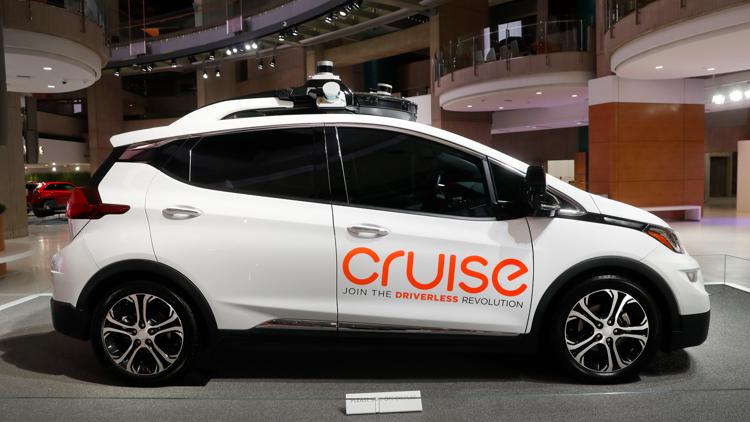DETROIT — U.S. auto safety regulators have closed one of two investigations into the performance of vehicles from General Motors' Cruise autonomous vehicle unit after the company agreed to do a recall.
The National Highway Traffic Safety Administration says in documents posted on its website Thursday that the probe began in December of 2022 after the agency received reports of inappropriate hard braking and complete stops by Cruise vehicles.
The agency said it analyzed 7,632 reports of hard braking in the nearly two-year probe and found 10 crashes with four injuries. There were no crashes associated with inappropriate stopping.
On Aug. 9 of this year, Cruise agreed to recall all 1,194 of its robotaxis for unexpected braking and said it fixed the problem with a software update. The agency said in documents that the updates reduced the risk of unexpected braking with improvements to perception, prediction and planning.
“In view of the recall action taken by Cruise and ODI's (NHTSA's Office of Defects Investigation) analysis of available data, including data presented by Cruise demonstrating a reduced occurrence of hard braking incidents after the software updates, ODI is closing this preliminary evaluation,” the agency wrote.
“We are committed to building trust and increasing transparency with respect to autonomous vehicle technology, and look forward to our continued work with NHTSA toward that end,” Cruise said in a statement.
NHTSA is still investigating reports that Cruise vehicles encroached on pedestrians present in or entering roadways, including crosswalks.
The troubled company recalled 950 of its vehicles with a software update in November after one of them dragged a pedestrian to the side of a San Francisco street in early October.
The Oct. 2 crash prompted Cruise to suspend driverless operations nationwide after California regulators found that its cars posed a danger to public safety. The state’s Department of Motor Vehicles revoked the license for Cruise, which was transporting passengers without human drivers throughout San Francisco.
In the crash, another vehicle with a person behind the wheel struck a pedestrian, sending the person into the path of a Cruise autonomous vehicle. The Cruise initially stopped but still hit the person. Then pulled to the right to get out of traffic, pulling the person about 20 feet (six meters) forward. The pedestrian was pinned under one of the Cruise vehicle’s tires and was critically injured.
The crash caused a management shakeup at Cruise including replacement of the CEO.



